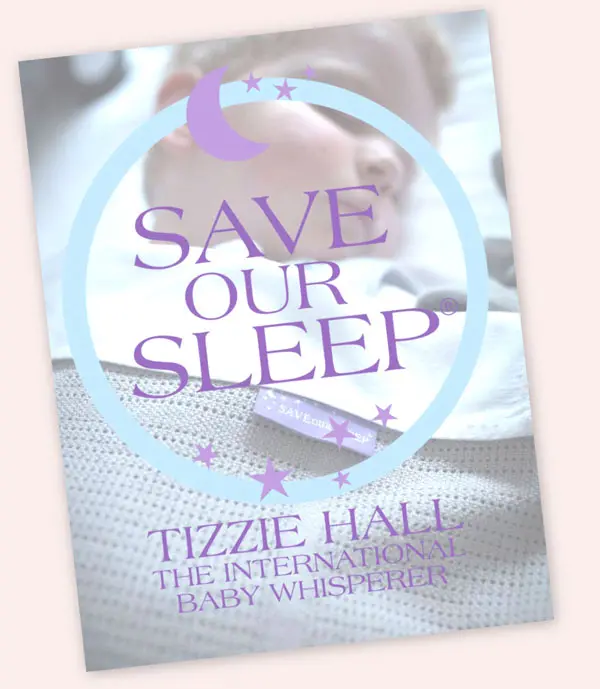I often talk to parents who say they are following the Safe Bedding Guide only to discover they are using a product that’s not advised in the guide.
One example is substituting a safe wrap with an arms up, zip down the front wrap. Another example is using a mattress protector other than the Save Our Sleep Mattress Protector.
Most of us know what SIDS is, it refers to Sudden Infant Death Syndrome. But what is SUDI? SUDI is the Sudden Unexpected Death of an Infant. These are subjects I’m passionate about because I lost my baby brother Richard to Cot Death, the former name for SIDS.
My interpretation of the two is that with SIDS there is no obvious reason or medical cause that can be found for the baby’s death and the baby was believed to be sleeping following all the safe sleeping guidelines (see below). However, with SUDI, healthcare professionals can often spot what may have caused the death of the baby. For example: the baby was found face down on an unbreathable surface or mattress protector, or with its face against a cot bumper, or with polyester bedding covering the baby’s head.
I do not recommend using a wrap with a zip on it, or any type of swaddle or wrap where your baby’s arms are able to move. These wraps allow your baby to use his or her arms to roll onto his or her tummy, where he or she may get stuck and be at high risk of SUDI if trapped face down.
It is very important to use a safe wrap to help keep your baby warm and to delay your baby rolling from his or her back to his or her tummy. Sleeping your baby on his or her back is one of the most important factors in keeping your baby safe from SIDS and SUDI. Another risk with zip wraps is that the zip can slip down and your baby can slide into the wrap and become trapped.
It concerns me when people think they are following my Safe Bedding Guide, when in fact, they are substituting products that I believe to be unsafe. As parents you are entitled to make this decision and use alternative products.
However, this would be classed as not the following the Safe Bedding Guide and therefore you won’t be getting the same results or safety.
I no longer recommend tucking blankets in for several reasons.
Firstly, there is still space for air between your baby’s sides and the blankets that will make your baby cold.
Secondly, if a cold baby rolls onto her tummy and then slips down under the tucked in blankets, she can get stuck face down.
And thirdly, if your baby happens to slip down under the blankets, the blankets may be tucked too tightly for her to free herself. Instead, I recommend a technique known as cocooning, where you lay the blankets over your baby (ensuring her face is not covered) and push them in at her sides to make her feel warm and secure.
If your baby rolls onto her tummy, the blankets will move with her, rather than trapping her face down in the mattress. She will be able to lift her head and the blankets up because the blankets are not tucked in tightly.
An additional benefit of cocooning is that for an older baby or toddler, if she moves slightly in her sleep, the bedding will move with her, keeping her covered and warm, and helping to keep her in the safe back sleeping position for as long as possible.
Watch my video below for more cocooning information:

I believe you should keep your baby’s room at a comfortable temperature all night. I suggest having your baby’s room cooled to 22 degrees Celsius in summer (if you are using air conditioning), or warmed to 18—20 degrees Celsius in winter. These temperatures depend on where you live, so please check the Save Our Sleep® Safe Bedding Guide for location-specific information. If you do not have hydronic heating, I suggest you use an oil-filled column heater or wall panel heater. I do not advise using ducted heating in your baby’s room due to the dust it blows around.
You can use a thermometer placed in your baby’s room, placed on a stool or a shelf at mattress height near the cot or crib but safely out of reach from your baby or toddler.
If you have tried several thermometers and they all give a different reading, I suggest you choose one thermometer and stick with it. There can be variances between brands that are leading to your confusion. Choose one, and get rid of the others. Then you know you are warming the room to a consistent temperature.
*Please note you should always have an active smoke alarm fitted in your babies bedroom.
To read more about creating the perfect sleep environment for your baby download your copy of the Save Our Sleep® Safe Bedding Guide here:

Join our newsletter and receive a FREE download of the world famous Save Our Sleep Safe Bedding Guide delivered straight to your inbox!
PLUS you will also receive a thank you gift offer shortly after.